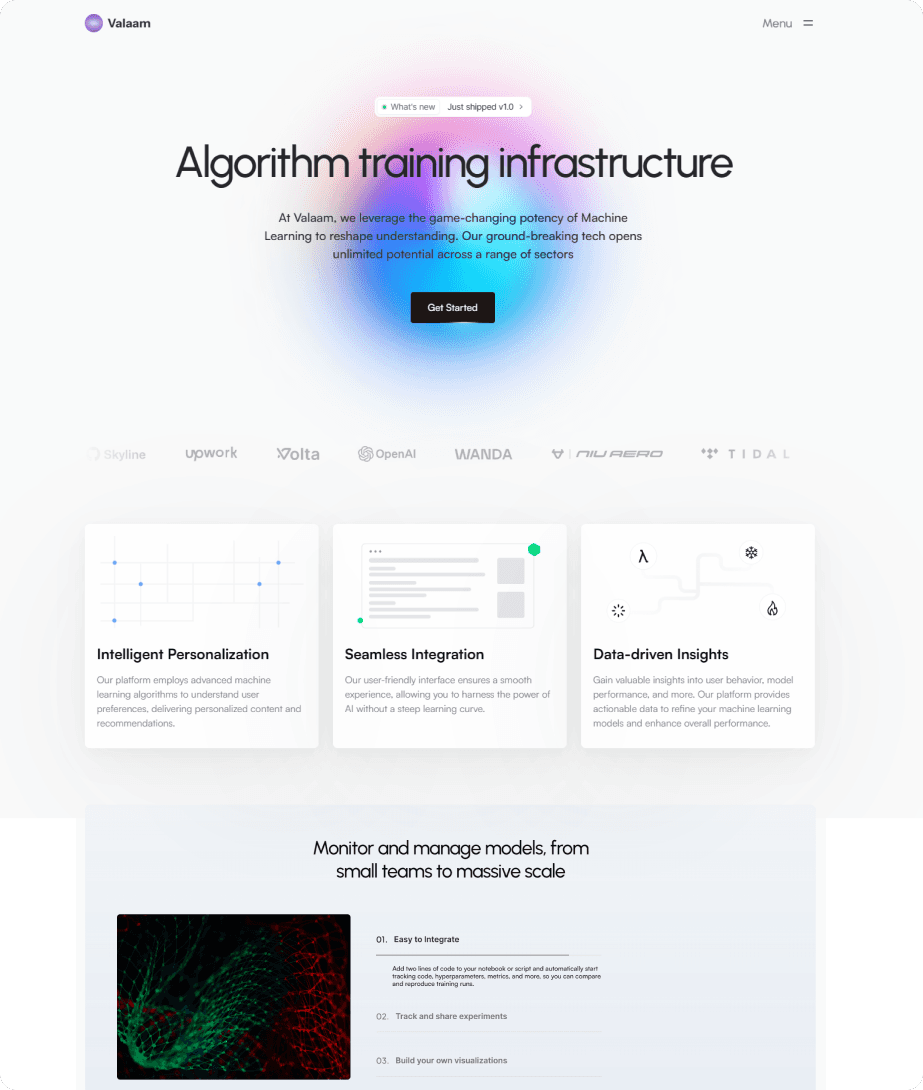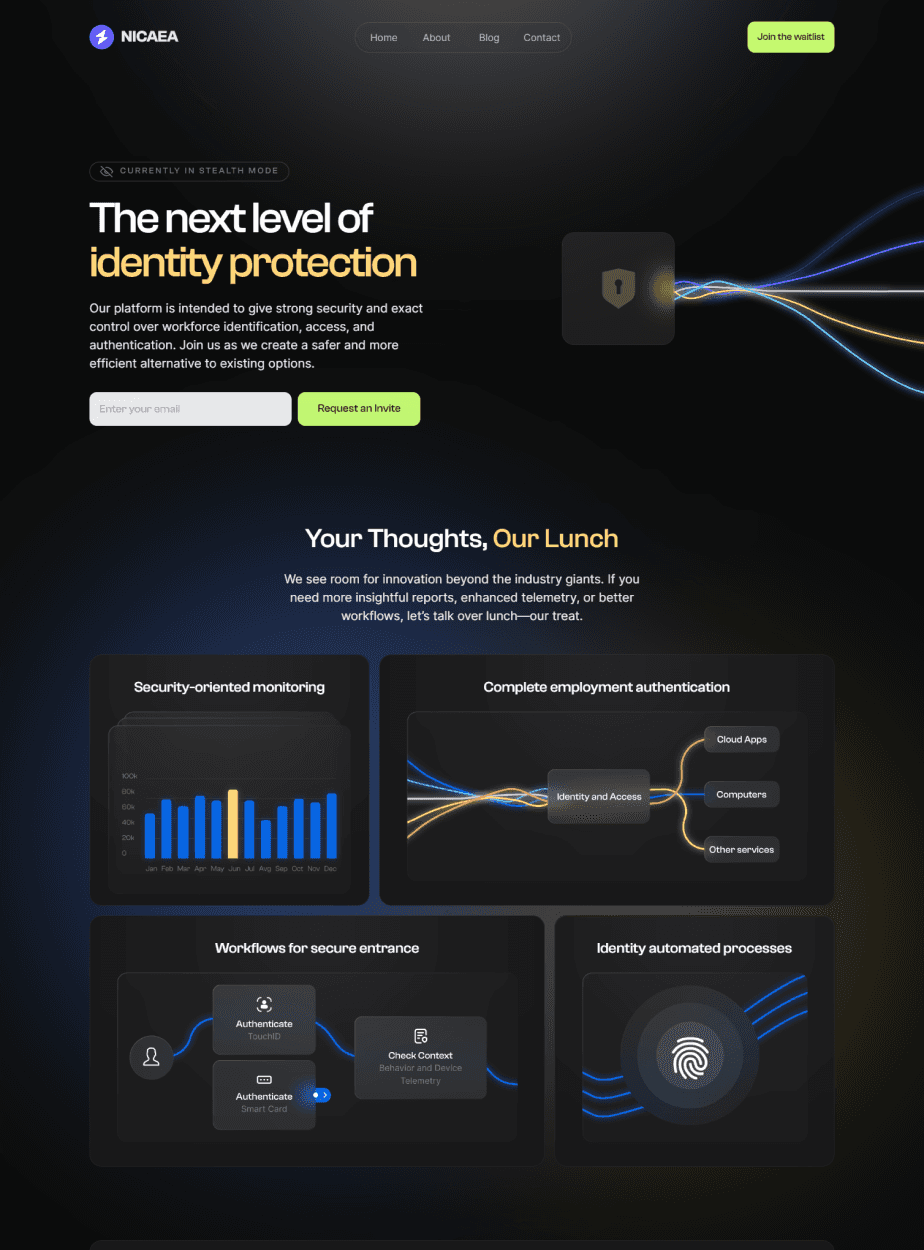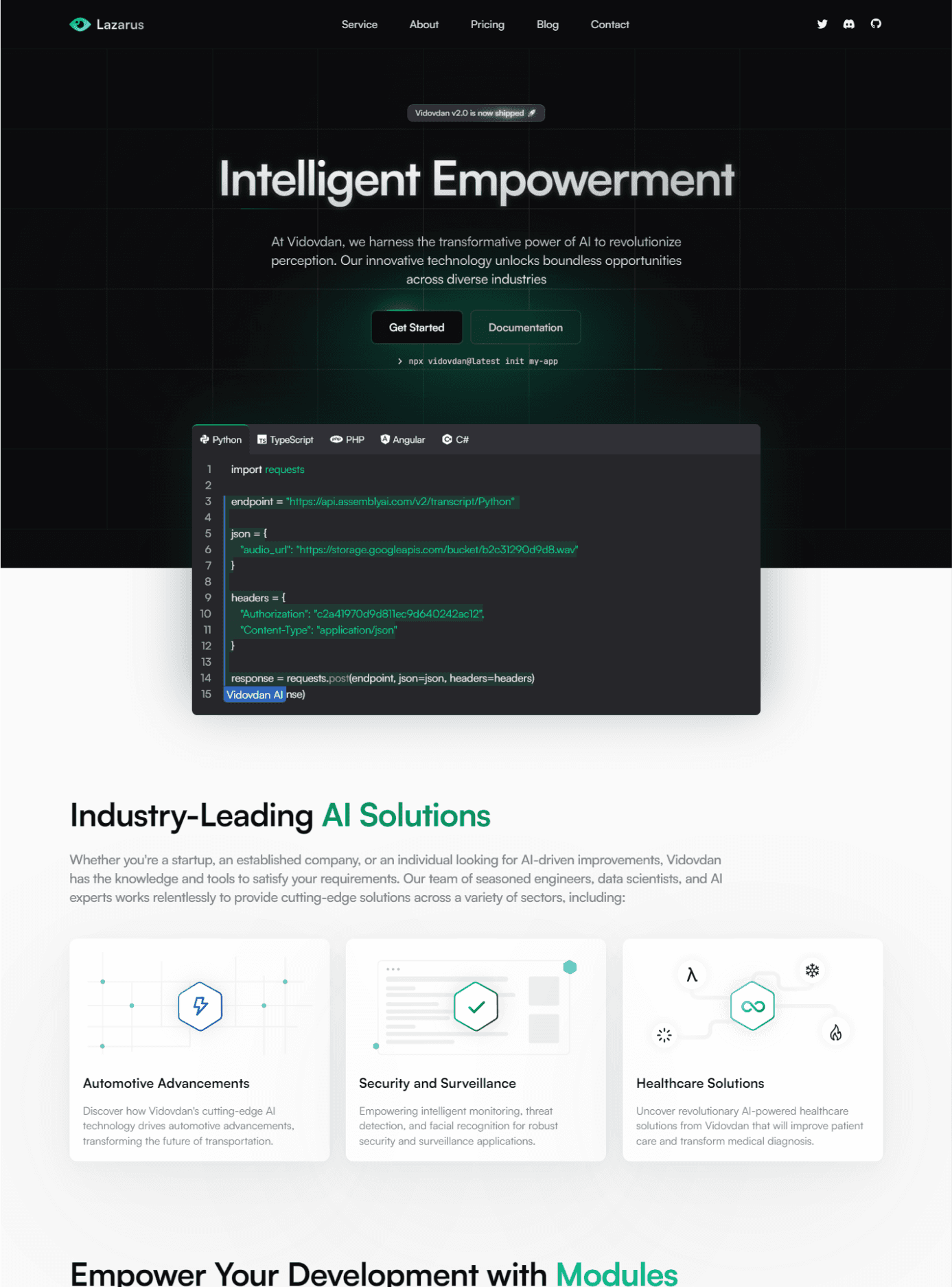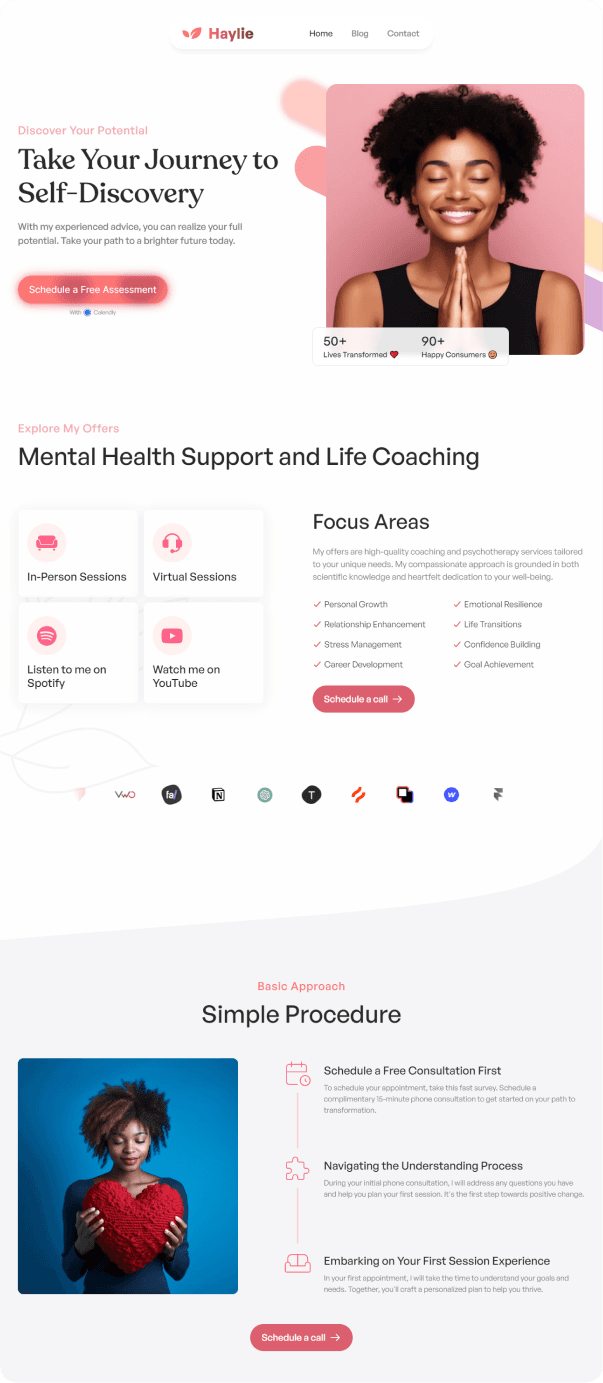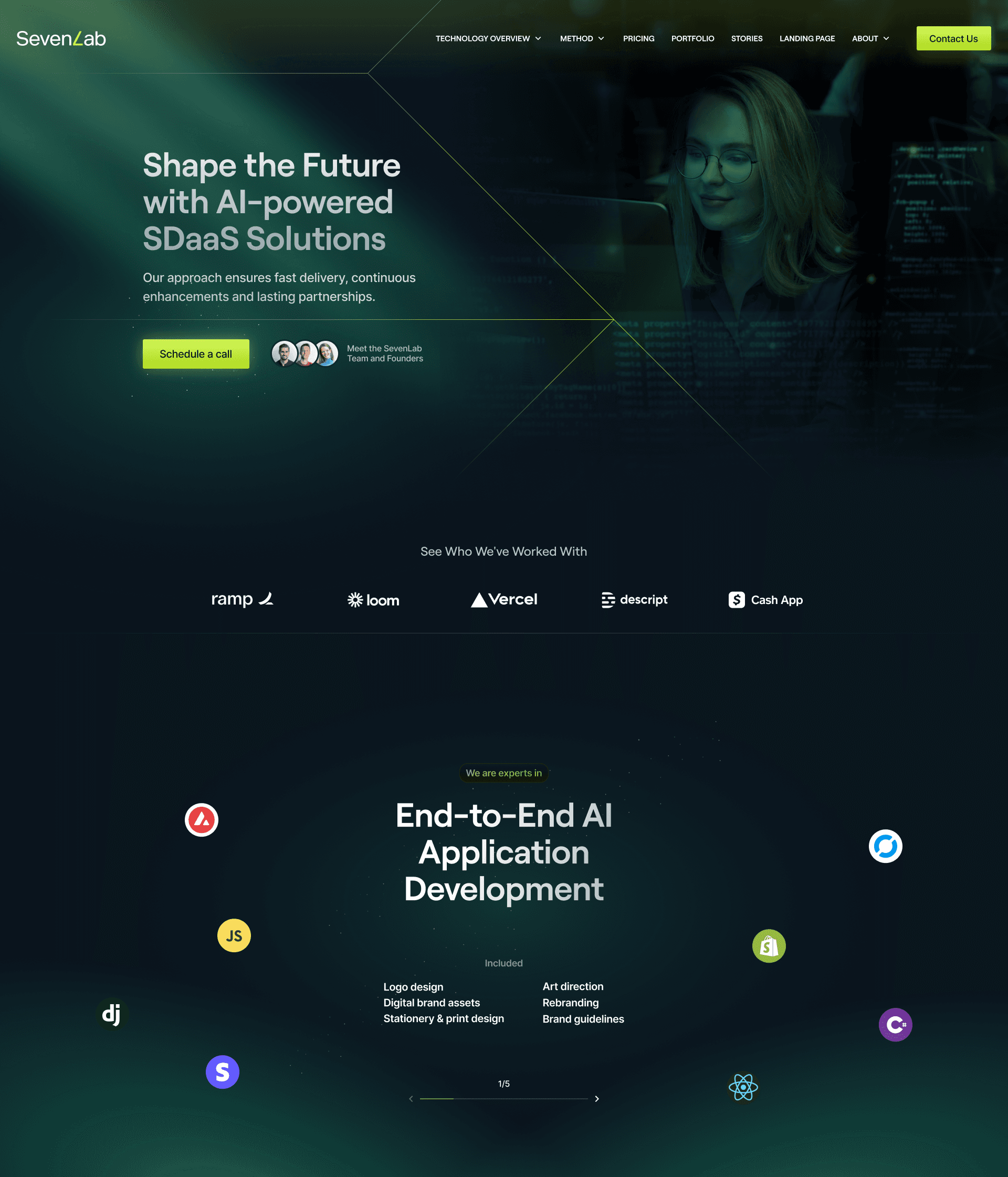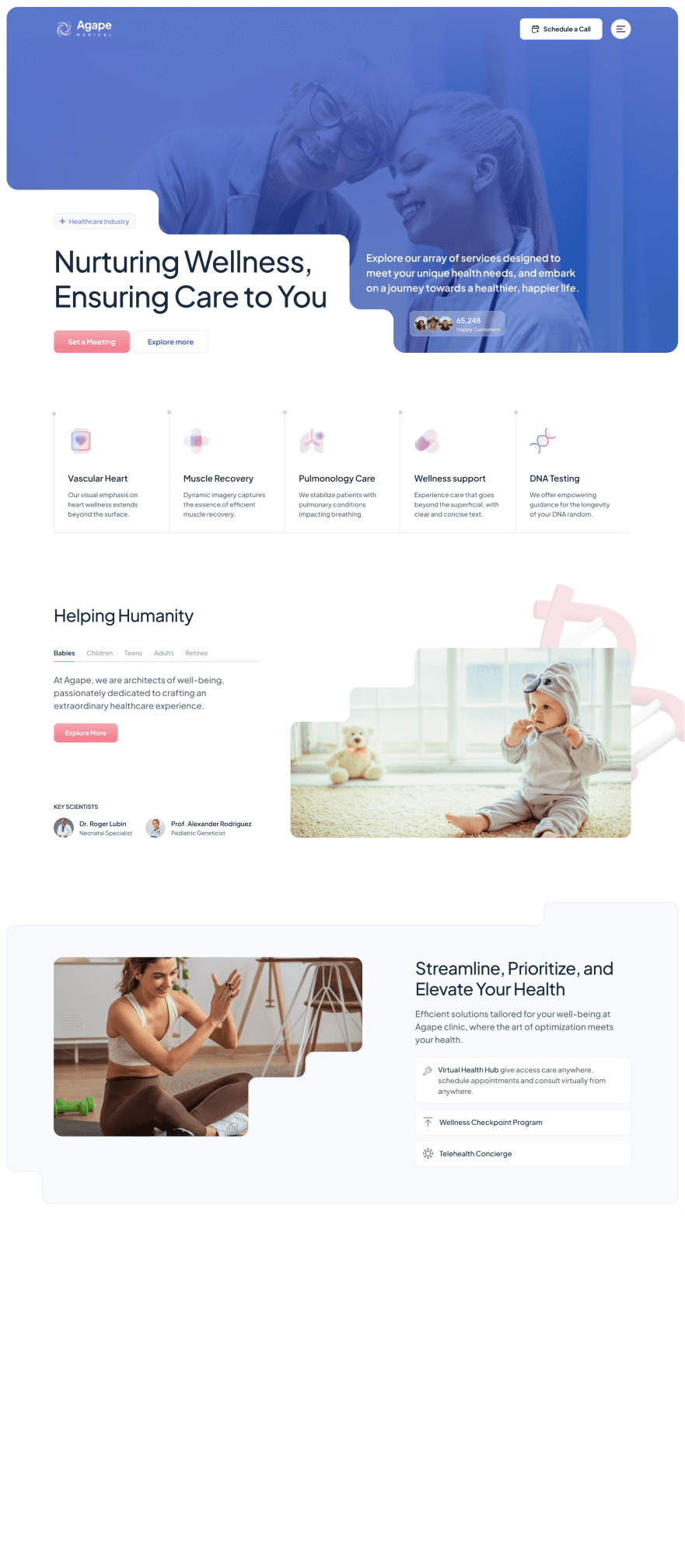Problem
Constantly switching between the book and external resources made deep engagement difficult, leading to fragmented understanding. This inefficiency highlighted the need for an integrated, real-time assistant that could provide relevant insights without breaking the reading experience.
Proposed Solution
I envisioned an AI-powered reading companion that seamlessly integrates into the reading experience, offering instant explanations, context-aware summaries, and intelligent insights without requiring users to leave the book. By leveraging LLMs, the system dynamically retrieves relevant information, enhancing comprehension while maintaining an uninterrupted flow, making complex texts more accessible and engaging.

System Prompt
AI Reading Assistant
AI algorithms analyze user preferences, availability, and priorities to generate optimized schedules.
Notes & Highlights
Seamless integration with popular calendar platforms such as Google Calendar and Outlook, ensuring synchronized scheduling across devices.
Customizable settings allow users to tailor scheduling preferences and priorities to their unique needs.
Daily Highlights & Notes for Active Recall
Stay Inspired Every Day, Receive key notes and insights.
Personalized Streaks
Build Your Reading Habit, Track progress and stay consistent with streak goals.
The application was built using the Expo framework for universal iOS, Android, and web development, leveraging Expo Router for efficient navigation. Clerk provides secure user authentication flows.
Backend & Data Structure
Supabase is utilized for data persistence, with a PostgreSQL database schema designed to manage core elements like books, user progress, highlights, and notes, including a specific structure prepared for storing AI-generated explanations. Row-Level Security policies are configured for data protection.
Frontend Implementation & AI Features
The user interface is crafted with custom React Native components, featuring an engaging multi-step onboarding process and intuitive tab navigation. The core reading experience includes interactive text selection and custom highlighting, and UI components are in place to support AI-powered tools, such as a contextual chat sheet for book interactions and text analysis functionalities. React Native Reanimated and Gesture Handler were integrated for smooth UI animations and gestures. The codebase is developed primarily in TypeScript.

Core Technology Stack
The application was built using the Expo framework for universal iOS, Android, and web development, leveraging Expo Router for efficient navigation. Clerk provides secure user authentication flows.
Backend & Data Structure
Supabase is utilized for data persistence, with a PostgreSQL database schema designed to manage core elements like books, user progress, highlights, and notes, including a specific structure prepared for storing AI-generated explanations. Row-Level Security policies are configured for data protection.
Frontend Implementation & AI Features
The user interface is crafted with custom React Native components, featuring an engaging multi-step onboarding process and intuitive tab navigation. The core reading experience includes interactive text selection and custom highlighting, and UI components are in place to support AI-powered tools, such as a contextual chat sheet for book interactions and text analysis functionalities. React Native Reanimated and Gesture Handler were integrated for smooth UI animations and gestures. The codebase is developed primarily in TypeScript.


















